In the realm of competitive gaming, certain titles rise to the forefront, captivating audiences worldwide with their fast-paced action, strategic depth, and spectator-friendly gameplay. Many of these esports then receive huge investments and start to appear on all the best online betting sites.
However, amidst this thriving ecosystem, World of Warcraft (WoW), one of the most iconic and beloved MMORPGs of all time, has struggled to establish itself as a prominent esport. Despite boasting a massive player base and a rich tapestry of lore, World of Warcraft encounters numerous challenges when it comes to translating its gameplay into a compelling competitive experience.
From the complexity of its mechanics to the inherent limitations of its format, several factors contribute to WoW’s ongoing struggle in the world of esports.
Complexity of Gameplay Mechanics
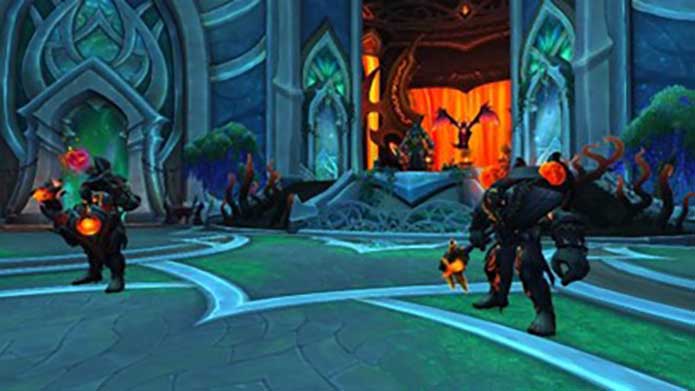 One of the defining characteristics of World of Warcraft is its intricate gameplay mechanics. Unlike many other esports titles, WoW requires players to manage a plethora of abilities, resources, and cooldowns across various classes and specializations. The game’s deep customization options and vast array of spells and abilities make it challenging for spectators to follow the action, especially during intense PvP.
One of the defining characteristics of World of Warcraft is its intricate gameplay mechanics. Unlike many other esports titles, WoW requires players to manage a plethora of abilities, resources, and cooldowns across various classes and specializations. The game’s deep customization options and vast array of spells and abilities make it challenging for spectators to follow the action, especially during intense PvP.
While complexity can enhance the depth of gameplay for dedicated players, it often proves daunting for casual viewers and newcomers. Esports thrives on accessibility, with successful titles offering clear and intuitive gameplay that allows audiences to quickly grasp the dynamics of the competition. In contrast, WoW’s complexity presents a barrier to entry, limiting its appeal to a niche audience of dedicated players and enthusiasts.
Pacing and Spectator Engagement
 Another significant hurdle facing WoW as an esport is its pacing and spectator engagement. Unlike traditional esports such as League of Legends or Counter-Strike: Global Offensive, which feature fast-paced action and constant back-and-forth gameplay, WoW matches can be slower and more methodical. This slower pace, coupled with moments of downtime between bursts of action, can lead to lulls in excitement and diminish viewer interest.
Another significant hurdle facing WoW as an esport is its pacing and spectator engagement. Unlike traditional esports such as League of Legends or Counter-Strike: Global Offensive, which feature fast-paced action and constant back-and-forth gameplay, WoW matches can be slower and more methodical. This slower pace, coupled with moments of downtime between bursts of action, can lead to lulls in excitement and diminish viewer interest.
Furthermore, WoW’s reliance on strategic positioning, crowd control abilities, and coordinated team play can make it challenging for spectators to discern the key moments of a match. Unlike a game-winning headshot or a decisive team fight, the subtleties of WoW’s gameplay mechanics may not translate well to a live audience, resulting in a less than engaging viewing experience.
Balancing and Meta Dynamics
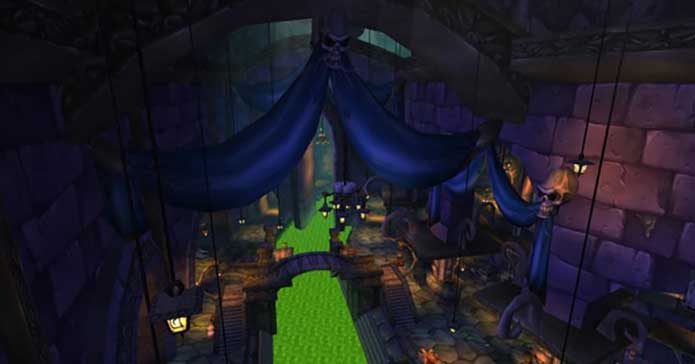 Balancing is a perennial issue in any competitive game, and WoW is no exception. With dozens of classes, specializations, and abilities, maintaining balance across the game’s expansive roster is a formidable challenge for developers. Constant updates, patches, and balance changes are necessary to ensure fair and competitive gameplay, but those adjustments can disrupt the established meta and alienate players.
Balancing is a perennial issue in any competitive game, and WoW is no exception. With dozens of classes, specializations, and abilities, maintaining balance across the game’s expansive roster is a formidable challenge for developers. Constant updates, patches, and balance changes are necessary to ensure fair and competitive gameplay, but those adjustments can disrupt the established meta and alienate players.
In the context of esports, a constantly shifting meta can make it difficult for teams to prepare and adapt to the current state of the game. Moreover, an imbalance in class or specialization viability can lead to a lack of diversity in team compositions, resulting in repetitive and predictable matches. As a result, WoW esports may struggle to maintain the level of excitement and unpredictability found in other competitive titles.
Production and Broadcasting Challenges
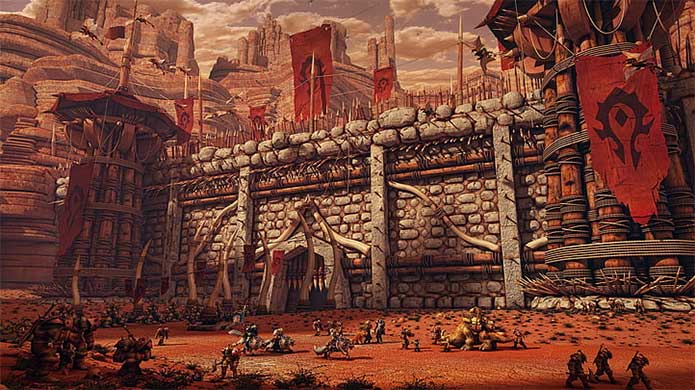 The production and broadcasting of World of Warcraft esports events present additional hurdles for organizers and broadcasters. Unlike games with built-in spectator modes and intuitive camera controls, WoW’s expansive game world and complex interface make it difficult to capture and convey the action effectively. Camera work and production quality are crucial aspects of any esports broadcast, and the inherent challenges of WoW’s gameplay can detract from the viewing experience.
The production and broadcasting of World of Warcraft esports events present additional hurdles for organizers and broadcasters. Unlike games with built-in spectator modes and intuitive camera controls, WoW’s expansive game world and complex interface make it difficult to capture and convey the action effectively. Camera work and production quality are crucial aspects of any esports broadcast, and the inherent challenges of WoW’s gameplay can detract from the viewing experience.
Furthermore, the logistics of organizing large-scale WoW esports events, such as arena tournaments or raids, can be daunting. From coordinating teams and scheduling matches to ensuring a stable network infrastructure and managing live broadcasts, the logistical demands of WoW esports are considerable. Without adequate resources and support, organizers may struggle to deliver a polished and professional viewing experience to audiences.
Audience Fragmentation and Community Dynamics
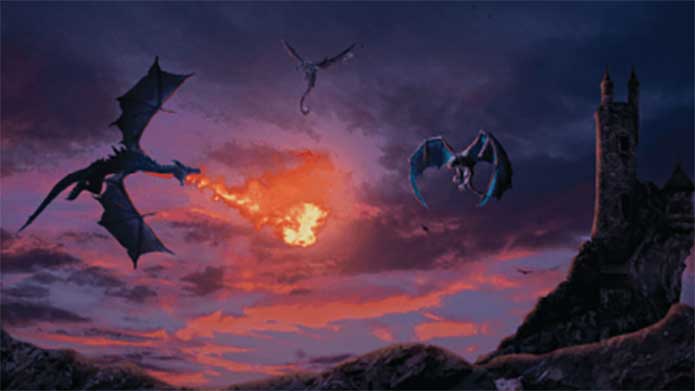 Finally, WoW’s diverse player base and community dynamics contribute to its challenges as an esport. Unlike games with a singular focus on competitive multiplayer, WoW encompasses a wide range of activities and playstyles, including PvE content such as dungeons and raids. As a result, the game’s audience is inherently fragmented, with players gravitating towards different aspects of the game.
Finally, WoW’s diverse player base and community dynamics contribute to its challenges as an esport. Unlike games with a singular focus on competitive multiplayer, WoW encompasses a wide range of activities and playstyles, including PvE content such as dungeons and raids. As a result, the game’s audience is inherently fragmented, with players gravitating towards different aspects of the game.
While this diversity can enrich the overall gaming experience, it also presents a challenge for esports organizers seeking to build a cohesive and dedicated fan base. Competing interests and priorities within the WoW community may hinder efforts to establish a thriving esports scene, as fans and players prioritize different aspects of the game. Without a unified and passionate community driving its growth, WoW esports may struggle to gain traction on the global stage.
Conclusion
While World of Warcraft boasts a rich heritage and a dedicated player base, it faces numerous challenges in establishing itself as a prominent esport.
From the complexity of its gameplay mechanics to the pacing and spectator engagement issues, WoW encounters significant hurdles in translating its immersive world into a compelling competitive experience. However, with continued support from developers, organizers, and the community, there remains hope that WoW esports can overcome these obstacles and carve out its niche in the ever-evolving landscape of competitive gaming.

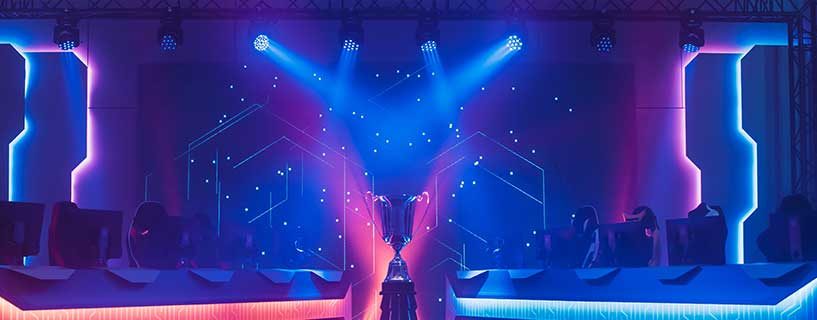
 by Symphonie
by Symphonie